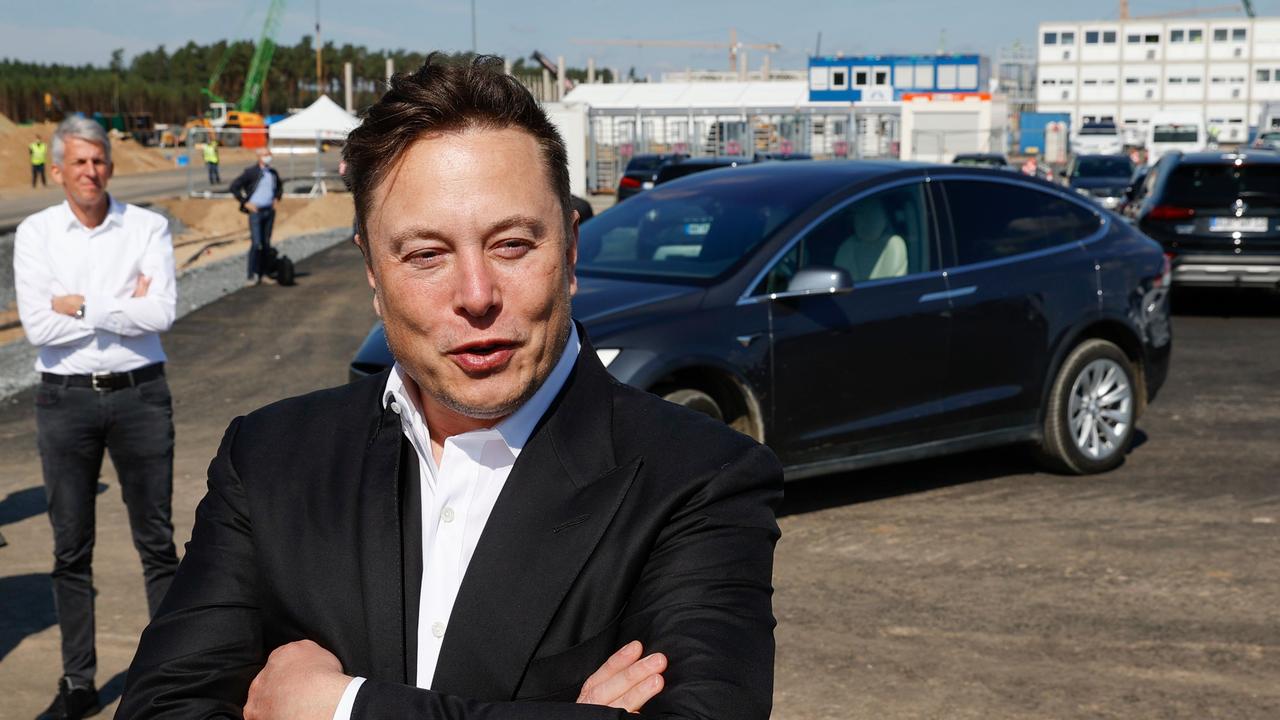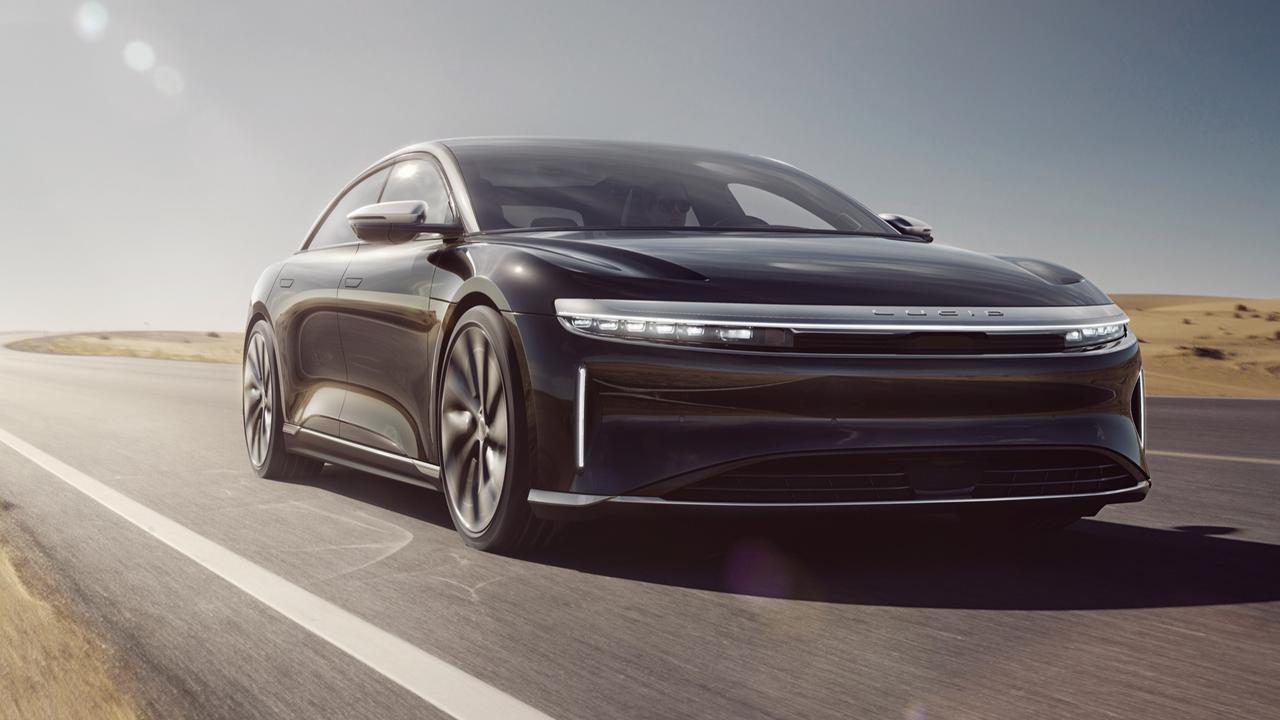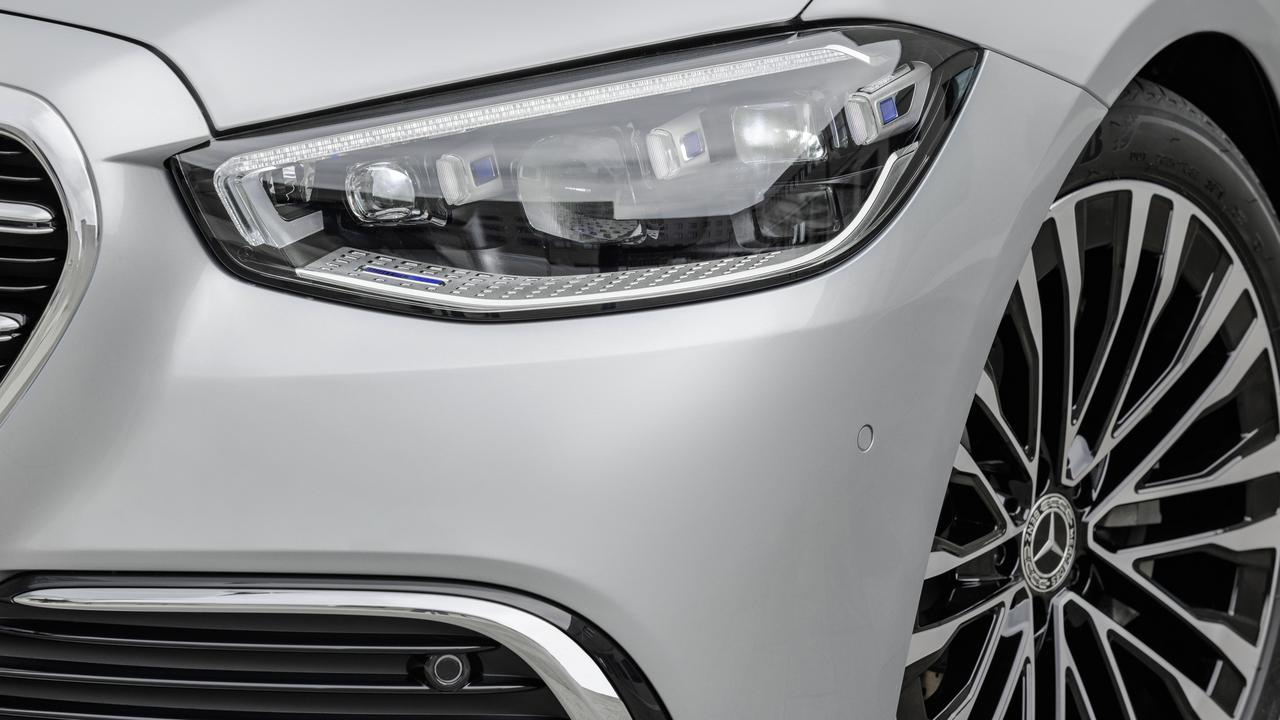Electric cars spark governments into action
Canberra looks at backing brands with mainstream battery power.

SALES of plug-in cars are booming in Europe, among them our Prime Minister’s favourite, the Tesla Model S.
Malcolm Turnbull, as Communications Minister in January last year, visited the Californian factory where this electric-powered luxury car is built. It was “a great thrill” he wrote on Facebook.
“Walking through the highly automated assembly lines was inspiring, but nothing matched taking a test drive in the latest Tesla S model,” Turnbull said. He found “the jolt you feel when you hit the accelerator” quite exciting.
Equally impressive was the company’s rapid growth. “Tesla has gone from employing 500 people to 11,000 in five years.” This was, he said, “a reminder of how innovation drives jobs”.

But Tesla isn’t succeeding only because it builds a good-looking electric car with astonishing performance and a long driving range between recharges.
Governments around the world have done much to stimulate demand for the Model S and other plug-in cars.
Australia could soon join in. In February the Turnbull Government’s Ministerial Forum on Vehicle Emissions issued a discussion paper putting aid for plug-in cars on the agenda.
Among other things, said Environment Minister Greg Hunt, it will examine “options for … alternative fuels and electric vehicles, the use of incentives and bolstering emissions testing arrangements”.

Recommendations to the forum will be ready in June.
Europe shows just how effective tax exemptions, buyer subsidies and other measures can be in persuading wary motorists to buy plug-in cars.
Electric vehicle sales in Denmark, where the government wants motorists to use the country’s abundant wind energy instead of oil, rose a massive 190 per cent last year. There are more than four times as many Australians as Danes but Denmark buys more than four times as many plug-in vehicles as we do.
The best-selling electric car in Denmark in 2015 was the Model S. Thanks to a government policy exempting new electric cars from the 180 per cent registration tax (that’s not a misprint), the plug-in American is less than half the price of similar luxury cars with internal combustion power.
In Holland, a different mix of less costly incentives applies, with lower registration fees and road taxes for plug-in vehicles, specially reserved parking in crowded Amsterdam and some subsidies for buyers of electric-powered commercial vehicles and taxis. Electric vehicles sales there rose 184 per cent last year.

As Denmark and Holland led the electric car charge in 2015, other European nations had similar stories — in Germany sales were up 130 per cent, Spain 80 per cent, Norway 71, France 67, Spain 54, Italy 49 and Britain 48.
In Australia, plug-in sales declined by more than 2 per cent last year.
Despite Mr Turnbull’s enthusiasm-stoking Tesla test drive last year, the Federal Government has no specific incentives for Australians to adopt electric cars, to the dismay of car brands.
“Australia trails the world in our emissions levels and sustainability policies, with our current readings being on par with some underdeveloped countries,” says BMW Australia corporate communications chief Lenore Fletcher.
Canberra should do more, she says. “This is an area where BMW sees enormous opportunity for the government to make a real difference to the level of Australia’s emissions.”
Mercedes-Benz Australia spokesman Jerry Stamoulis believes incentives would be effective. “If there were government incentives in place we would see spikes in plug-in hybrid sales similar to those in Europe now,” he says.
Makers of more affordable cars than BMW and Mercedes-Benz also think incentives are needed to kickstart the market for plug-in cars in Australia.
“Unless the Australian government adopts similar policies (to Europe) locally,” says Mitsubishi Australia corporate communications head Shayna Welsh, “we don’t expect any significant change in demand for electric vehicles and plug-in hybrid electric vehicles until the technology becomes more affordable.
“There are more things governments could be doing to improve the economics of buying an electric vehicle or plug-in hybrid electric vehicle.”
Mitsubishi’s Outlander PHEV is currently Australia’s best-selling car with a cord. With 753 sales in 2015, this relatively affordable SUV accounted for 68 per cent of the Australian plug-in market.
Cost is key, Welsh says. The Japanese company is working on two new plug-ins, a small SUV that will come with petrol, diesel and plug-in hybrid drivetrains, plus a pure electric version of the next-generation ASX.
Mitsubishi Australia will consider a number of factors before deciding to add them to its local line-up, including “whether the technology can be introduced at a price and performance level that is competitive with diesel or petrol equivalents”.
BMW and Mercedes-Benz, on the other hand, will press ahead regardless with their plug-in plans.

In May, BMW will introduce two plug-in hybrid versions of popular models. The company already sells two quite specialised cars under its “Born Electric” sub-brand, the little battery-powered i3 and the plug-in hybrid i8 supercar. With the newcomers, BMW aims to take battery power mainstream.
The $71,900 330e sedan will cost $2000 more than its petrol equivalent. The plug-in 3 Series will be as powerful as the 330i yet able to drive up to 37km on electricity alone.
The $118,900 X5 xDrive 40e, with a 31km electric range, will be $3000 more than its turbo diesel equivalent.
These BMWs will soon face competition. Mercedes-Benz Australia, which has so far opted not to import the likes of the battery-powered B-Class, plans to launch three plug-ins by the middle of this year.
The C350e sedan and GLE500e SUV are the exact Mercedes equivalents of BMW’s 330e and X5 xDrive 40e. The third Mercedes model will be the S500e, an electrified version of its limo flagship.
Some manufacturers have pulled the plug on plug-ins, as Holden did with the Volt, and some remain wary. However, this influx of new contenders means eco-minded motorists will soon have more choice than ever.
“The vehicle and green energy options are available,” says Benz’s Stamoulis. “All that is needed now is an attractive government incentive to encourage consumers to adopt this technology sooner.”

THE ELECTRIC SHARE
Country Plug-ins sold Market share %
Holland 43,282 9.6
Norway 34,336 22.8
France 27,081 1.4
Germany 20,948 0.7
United Kingdom 9934 0.4
Sweden 9039 2.6
Denmark 4762 2.3
Spain 3015 0.3
Italy 2462 0.2
Australia 1108 0.1
PLUG-IN PLAYERS

Europe’s favourite electric cars
Britain Nissan Leaf*
Denmark Tesla Model S*
France Renault Zoe
Germany Kia Soul EV
Holland Mitsubishi Outlander PHEV*
Italy Nissan Leaf*
Norway Volkswagen e-Golf
Spain Mitsubishi Outlander PHEV*
Sweden Mitsubishi Outlander PHEV*
*Also sold in Australia
CURRENT CODES
If it comes with a cord it’s a plug-in but this catch-all name covers several distinct types. Here’s what the labels mean.
EV
For electric vehicle. Battery is the sole source of energy to drive the car.
Examples on sale in Australia today: BMW i3, Nissan Leaf, Tesla Model S.
Range Extender EV
Electric vehicle with an on-board fuel-burning generator set. This sends current direct to the car’s electric motor when battery charge is almost exhausted, greatly increasing driving range.
In Australia: BMW i3 has a range extender option.
PHEV
Plug-in hybrid vehicle. Petrol or diesel hybrid fitted with a larger battery pack to enable electric-only driving, typically 30km-50km.
In Australia: Mitsubishi Outlander PHEV.



